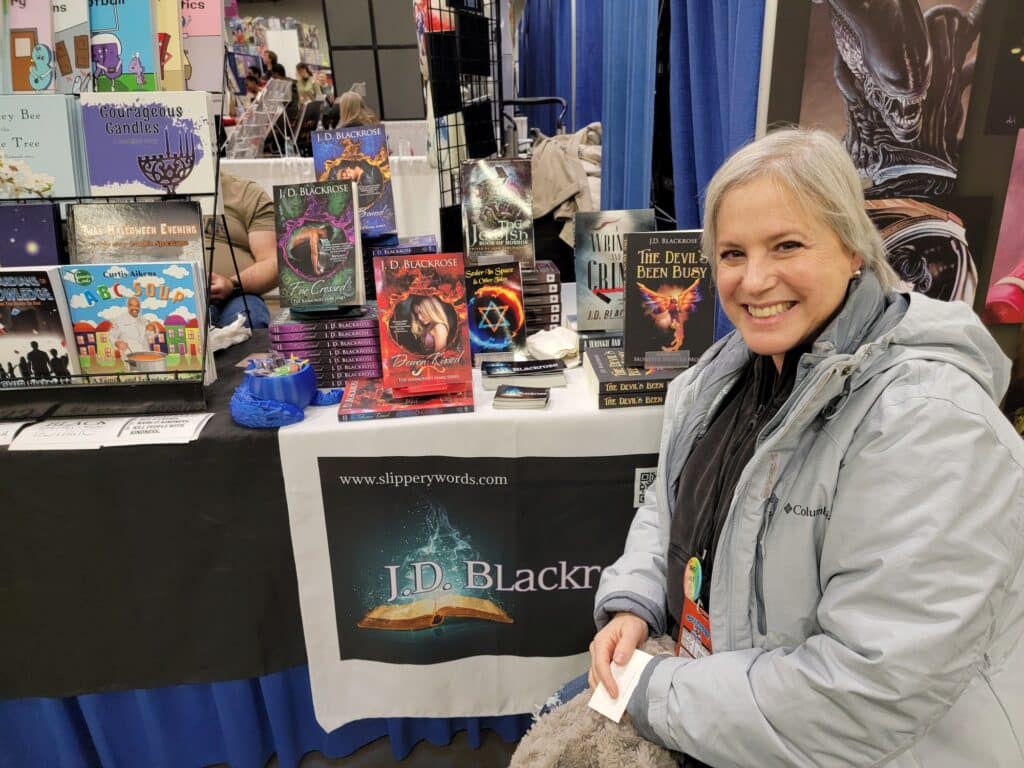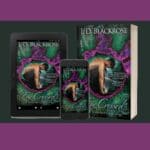Panster + Plotter = Radio Interview
What happens when a writer attends a giant convention in Columbus, OH and a radio guy walks by? Well, if you are lucky, he does an interview with you for his podcast. In this case, Doug Dangler interviewed me for Craft Podcast, meaning that explaining Pantser + Plotter = Radio Interview for little old me.
We discussed the differences between plotters and pantsers (writers who outline everything versus those who start with an idea and let the book generate organically, i.e, writing by the seat of their pants.)
Plantsers
My personal approach is somewhere in between which makes me a “plantser.” I like to have a basic outline using what’s known as “story beats.”
Story beats are those key moments in a screenplay or novel that propel the narrative forward. Originally outlined in a book by Blake Snyder called “Save the Cat,” the story beats method is helpful for me, and others who find that we need a roadmap but we don’t want turn-by-turn directions.
*Note: Some people hate the story beats method, and hate it with a passion usually reserved for serial murderers. I don’t know why. If it doesn’t work for you, don’t use it. It is helpful for me and I think it is a good place for beginning writers to think about plotting. YMMV.
Story Beats
Using a “beat sheet,” which is just a piece of paper divided up into the basic story beat elements, you can outline the key moments in your plot. The standard beats are:
Opening Image
Statement of Theme
Set-Up
Catalyst
Debate
Break into Part 2
B story
Fun and Games
Midpoint
Bad Guys Close In
All is Lost
Dark Night of the Soul
Break into Part 3
Finale
Final Image
What do these mean? And why does Panster + Plotter = Radio Interview?
Thanks a lot for telling about me about this, you may be saying, but I have no idea what these mean.
I’m not writing it out here because there are so many good sites that do this already. Go to the original source to start: https://savethecat.com/beat-sheets and then try Savannah Gilbo at https://www.savannahgilbo.com/blog/plotting-save-the-cat. These two resources should do it for you, and of course, you can always buy the original screen writing book by Blake Snyder or the follow up one on novel writing by Jessica Brody. (Amazon links are affiliate links.)
Meanwhile, if you want to listen to my interview, Pantser + Plotter = Radio Interview, listen below.




